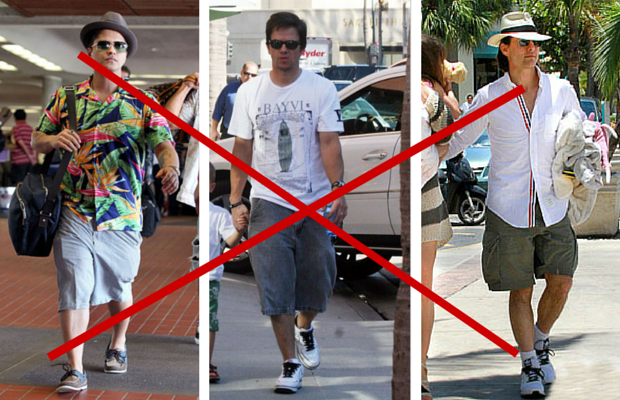VACATION REWIND: The smart leader's approach to dress codes (and any other policy)
NOTE: I am on vacation this week - please enjoy a replay of a piece from March of this year.
----------------------------------------------------------
Happy Spring!
It's Spring right, at least here in the USA, (and I suppose some other places as well, I was never all that great at geography). But with Spring comes the return (hopefully), of warmer weather and the shift to our 'summer' clothes - both for work and for not work.
And the first time Gabe from accounting or Marcia in customer service turns up to work wearing some cargo shorts or worse, you or your organization's leaders might be tempted to send one of those beloved 'all employees' emails from HR that run down the ins and outs of the official dress code, as you know, we don't want to really treat folks like adults, at least not at work.
But before you do send that email listing just what types of concert T-shirts are acceptable and which ones are not, I would encourage you to read this piece from ESPN.com, on how one organizational leader is wrestling with these same workplace policy issues as you are: Joe Maddon, (Chicago Cubs manager), on dress code: 'If you think you look hot, wear it.'
Get past the title for a second and read the whole piece. Here is a snippet to prod you along:
Cubs manager Joe Maddon met with his “lead bulls” on Sunday to go over team rules as 11 players and their boss discussed everything from a dress code to kids in the clubhouse.
“The biggest topic of discussion was shorts or not on the road,” Maddon said after the meeting.
Maddon isn’t a stickler for a lot of written rules, instead preferring a common-sense approach. He believes players know the line not to cross. He used last year’s policies -- his first on the team -- as a guideline. They worked out pretty well.
“You have like a force field, not an actual fence. Guys know if they go past a certain point you might get stung a little bit, but you don’t have to see the fence there,” Maddon explained. “I like that.”
“Exercise common sense with all this stuff,” he said. “There are so much archaic stuff that baseball stands for. I’m here to manage the team, not make rules. I learned my lesson with that to not go nuts about it.”
Just about everything you need to know about dress codes or most other workplace rules right there. Treat folks like adults, let them know what is really important for the organization to be focusing on, (it isn't the dress code), and involve a larger group of leaders and influencers on the staff as you talk about expectations and whatever policies you have. Not only will they help you define the rules, they will likely help you self-enforce them as well.
It is actually really simple. Simple enough for even the Cubs to figure out.
Have a great day!

 Steve
Steve
Reader Comments